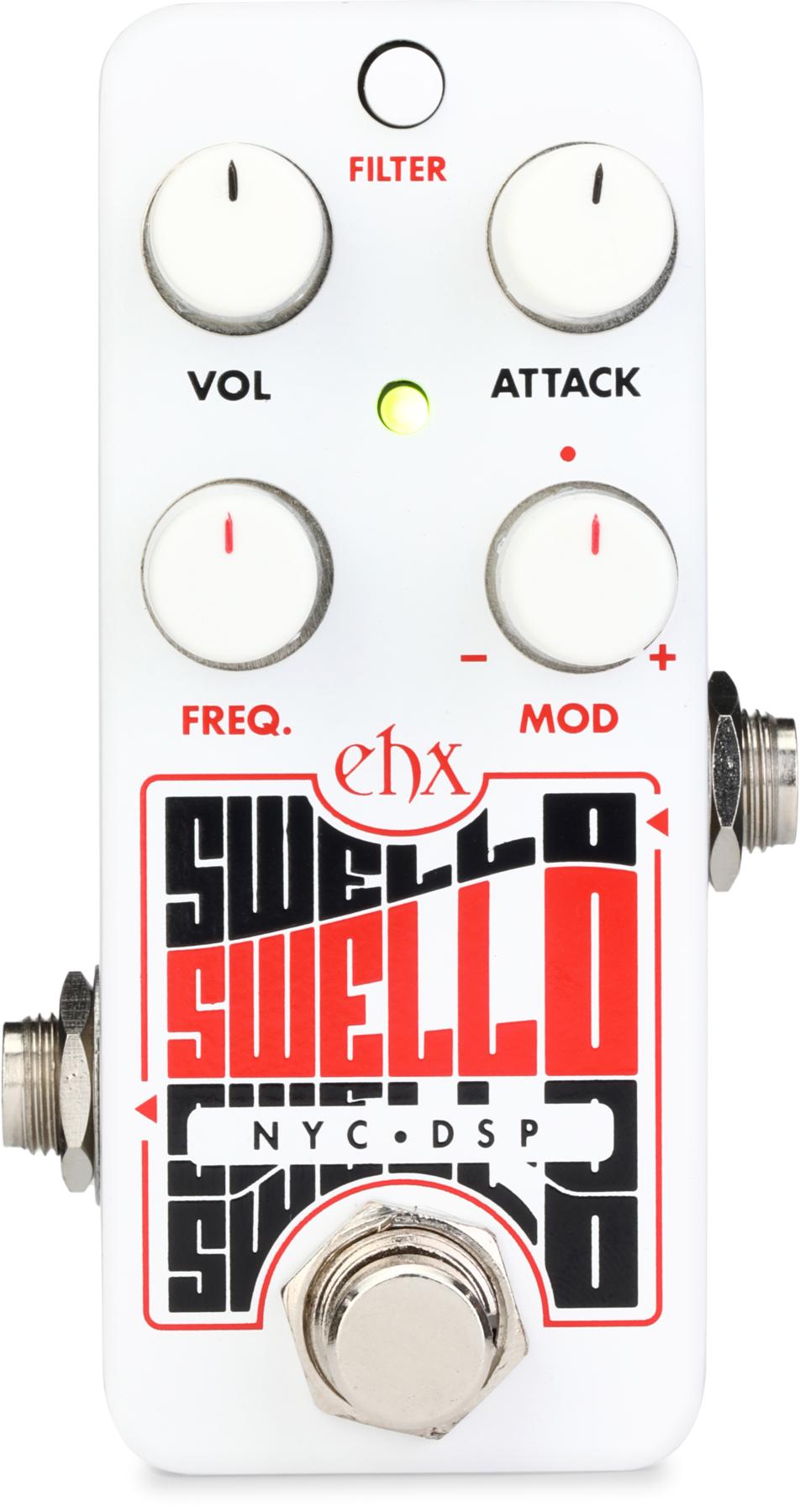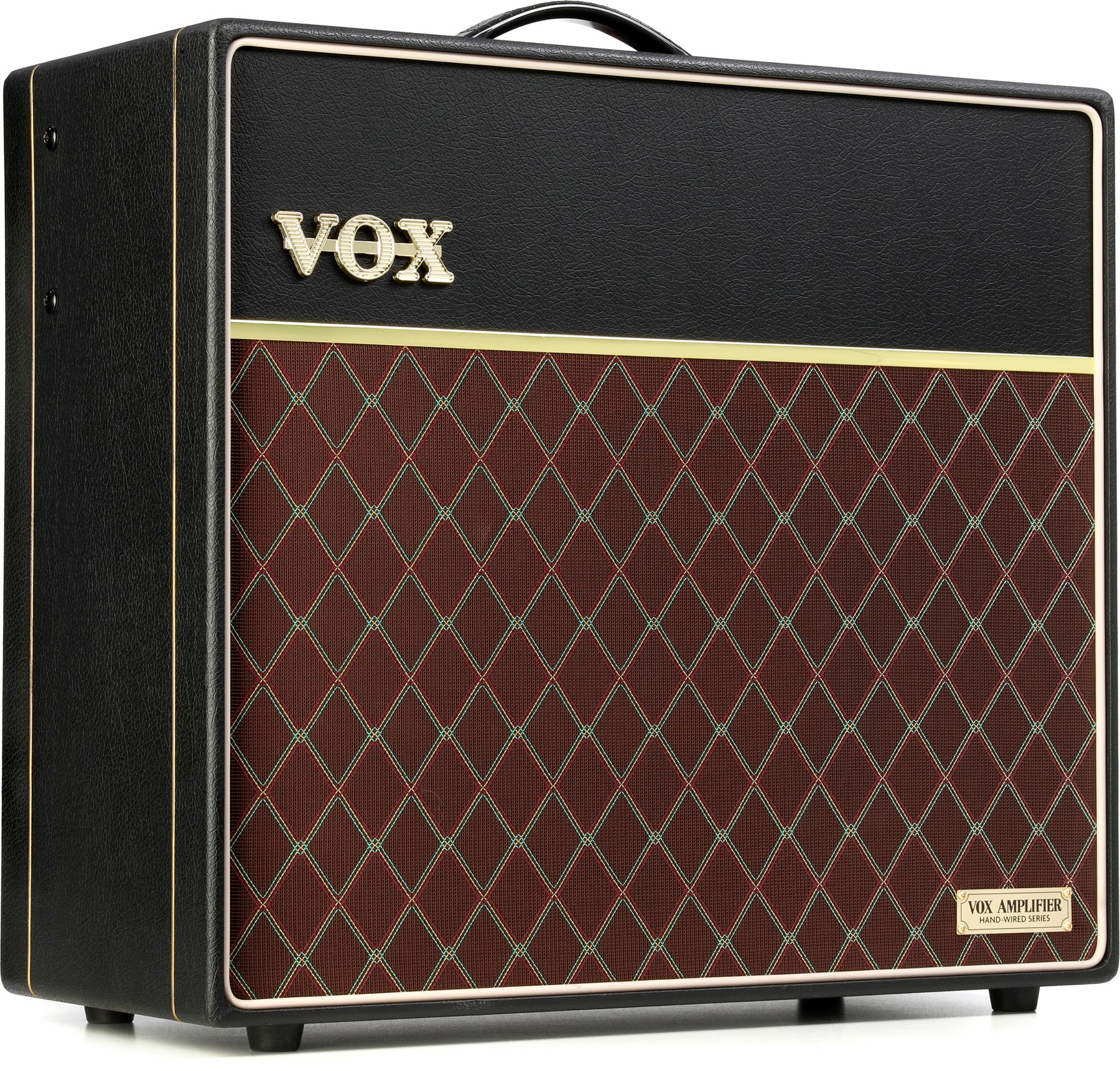Some pedals are more fun than others. And on the fun spectrum, a new Vox wah is like getting a bike for Christmas. There’s gleaming chrome. It comes in a cool vinyl pouch that’s hipper than a stocking. Put the pedal on the floor and you feel the freedom of a marauding BMX delinquent off the leash, or a funk dandy cool-stepping through the hot New York City summertime. It’s musical motion. It’s one of the most stylish effects ever built. A good one will be among the coolest-sounding, too.
Vox Real McCoy - MAIN by premierguitar
Needless to say, there are not a lot of original Vox Clyde McCoys on the gigging circuit. They’re collector-spendy and a rarity, even in nice studios. And as anyone who has ever owned a wah knows, the combination of vigorous stomping and relative fragility in electro-mechanical terms means many wahs live short lives. A late-’60s Clyde McCoy can indeed sound special, though: top end that’s substantial, sweet and searing, and vowel-y contours in the filter sweeps that lend a haunting humanity to the voice. The new Vox Real McCoy VRM-1 is exhilarating in many of the same ways vintage specimens can be.
Of Halos, Pots, Treadles, and Trips
The Real McCoy mixes old and newer components and circuit construction techniques. The machine-populated board is clean, neat, and dotted with time-tested, familiar parts, like BC-109 transistors, and a contemporary halo inductor design. The latter component, like any inductor, shifts the resonant peak and shapes a wah’s voice. The one used here is less noisy than those on early Clyde McCoys, but clearly shares many very similar tone attributes.
Something in the Wahter
When I play a wah, I love using long, slow filter sweeps—like, “Maggot Brain”-at-half-speed slow. The McCoy’s nuanced taper means lots of copious tone colors to paint with if you take that approach. If you’re accustomed to the narrower vocal range of inexpensive wahs, the Real McCoy can inspire a relaxed approach to the effect—the kind that compels a player to lean on a single note and enables sweet, vocal-style support in more tender, soulful musical settings. As much pleasure as there is in these lazy-footed adaptations of the effect, the McCoy’s range and treadle action also makes it a standout for Wah Wah Watson and Skip Pitts “wocka-wocka” rhythm jabs. The Real McCoy is quiet, too, adding little hiss or noise to your signal.
At extremes of the potentiometer’s travel, the McCoy shines. The toppiest of the top end is blue-flame hot—a killer place to punctuate a solo or linger for a whole one, for that matter. The bassier reaches of the sweep are throaty, thick and powerful rather than muffled. I love the sounds the Real McCoy makes here, particularly with a nasty fuzz on the receiving end, which can sound really snarly and focused rather than grating.
The Verdict
The Real McCoy sounds, in most respects, very vintage in its tone profile. There’s lots of range, sharp trebly peaks, and fat, bassy resonance. It feels great underfoot, too. It’s responsive—facilitating fast, fluttering “Dazed and Confused” filter sweeps and long, slow throws of the treadle. About the price: $279 is on the high end for new wah wah. That’s only 20 bucks less than Vox’s V846-HW handwired wah and anywhere from 100 to 180 bucks more than wahs at the affordable end of the price spectrum, where the occasional wah-ist tends to look. If lyrical, super-present wah textures are a cornerstone of your sound, the Real McCoy merits a listen to see if the differences here justify the cost. Even wah newbies, however, may well find the Real McCoy’s characterful voice infectious and irresistible.





















